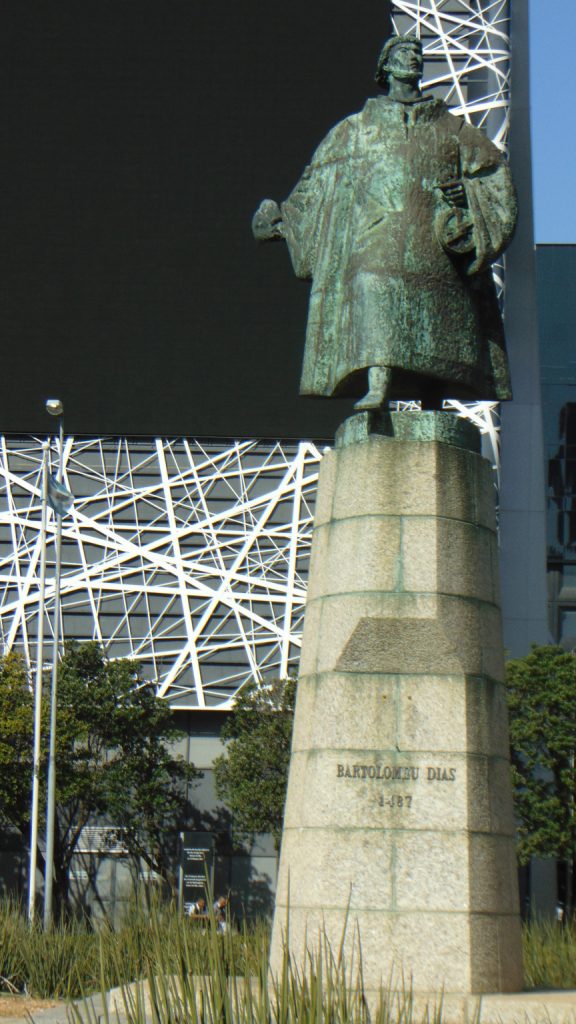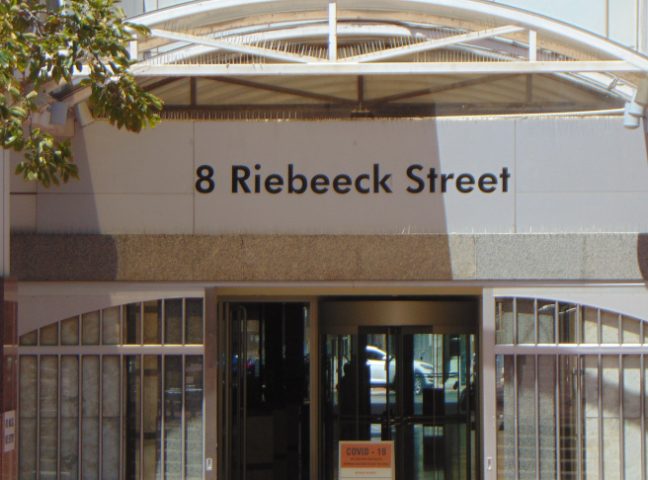Africa’s Goal King – The Wonder Year
September 20, 2021Land, Labour & Supremacy in South Africa
December 21, 2021
By Satish Sekar © Satish Sekar (December 20th 2021)
They Must Fall
A year ago, ‘They must fall’ was in its prime. In his lifetime, English slave owner, Edward Colston was respected as a Tory MP and merchant. A statue of him stood in Bristol from 1895. It stood on its plinth for a century and a quarter. Colston’s involvement in the Transatlantic Slave Trade resulted in it being hauled down and dumped in Bristol Harbour in June 2020.
Meanwhile, South Africa, a nation with a diverse but horrid history, had to confront its past. Mohandas Gandhi has a conflicted legacy. Respected, revered even, for his role in India’s anti-colonial fight, his legacy in South Africa is different. The young Gandhi was undoubtedly racist, shamefully so. He looked down on black Africans, used the notorious K-word and wanted the British to incorporate Indians like him into running the Empire.
Gandhi’s views in South Africa were unjustifiable. Black South Africans have every right to condemn him and demand that his statues must fall. But there’s a paradox. For all his flaws, and there were many, Gandhi cannot be seen in the same light as the founders of Apartheid or those who brought white supremacy to South Africa. Among the worst of those people is Johan van Riebeeck.
The van Riebeecks
In 1954 the Dutch government gave a gift of two statues to South Africa. They still stand in Cape Town, but should they? One is the little-known Maria de la Queillerie. She was of French Huguenot stock – the first in South Africa. Her grandfather was a French nobleman, Chrétien de la Queillerie who brought his family to the Netherlands. Her father, Abraham, died a year after her birth; her mother was a Frenchwoman, Marie du Bois, born three hundred years before a statue was donated to South Africa by the Dutch government.
Maria de la Queillerie was born in Rotterdam in October 1629. The Huguenot cause had just suffered major blows in France – the failed rebellions of 1620-22 and 1625-26 and 1627-29. While the Huguenot cause was weakened and many fled to other countries, notably the Protestant Netherlands, the conflict continued until the Edict of Nantes of 1685 – the ultimate defeat of Protestantism and the Huguenot cause in France.
Nevertheless, the Huguenot cause – a celebrated case of persecution – was exported, notably to the Netherlands and its spheres of influence. Maria de la Queillerie married Johan van Riebeeck in Schiedam – the couple had eight children, one of whom, Abraham, was born in Cape Town and became Governor of the Dutch East Indies. While French Huguenot immigration was comparatively small and occurred between 1688-91, the first wave started with Dutch-born Maria van Riebeeck neé de la Queillerie.
The journey from the Netherlands to the Dutch East Indies (Indonesia was an onerous one. It was realised that red wine possessed many qualities, which including combating scurvy. Even today, centuries later, the Cape remains one of the foremost centres of making wine in the world. It was soon realised that other Dutch colonies offered little opportunity. If the Dutch knew little about making wine, the French did and still do. So, the French Huguenots were offered land to come to the Dutch Cape Colony for not entirely religiously sympathetic reasons.
But there was a moral issue that was not going away – the land question. In order to cultivate vineyards, land had to be seized. It was – the consequences of which are still resonating now.
Meanwhile, Maria van Riebeeck’s better known husband, Johan, was making history for the wrong reasons.
Ten years senior to his wife, van Riebeeck was employed by the Dutch East India Company from 1639 until 1645 – he had been in charge of the Dutch East India Company’s operations in Tonkin, Vietnam, but was demoted for abusing his position for personal gain.
After staying just over two-and-half weeks in the Cape of Good Hope on his way back, van Riebeeck realised its potential. At first, the Dutch East India Company was not interested in a colony in the Cape – they saw it as a stopping off point on a long journey to and from the Dutch colonies in Asia.
These were very long voyages with high mortality rates. Three ships arrived in April 1652 bringing the Dutch to South Africa – two more arrived later. The Van Riebeecks had begun white settlement in South Africa’s Cape. At first, the Dutch East India Company’s plans were not for a permanent colony – they wanted a place to break the long journey, but that soon changed and Johan van Riebeeck played a large part in that.
Johan van Riebeeck’s Terrible Legacy
Less than two months after his arrival in the Cape of Good Hope, Johan van Riebeeck showed that he was one of the great villains in South African history. Technically, the Netherlands never made slavery legal – at least in the country itself, but it was a different matter in the Dutch colonies in the West and East Indies. Dutch citizens owned slaves and the Dutch participated in the slave trade.
Van Riebeeck knew this and took advantage. He wrote to the Heeren 17 (Directors of the East India Company) asking them to send slaves to him. They obliged. Slaves arrived from Batavia (now known Jakarta), and also from African nations. The slave trade had arrived in South Africa and with it race-based slavery. The slave trade from Batavia in particular is one of the only examples of slaves who were not African prizes of war being imported to Africa from outside of the continent.
Van Riebeeck stayed in South Africa as Governor of the colony for just over a decade, leaving for Batavia in May 1662, by which time the Dutch had established a colony in the Cape of Good Hope. Maria van Riebeeck died in Malacca (now one of the states of Malaysia) in 1662 on her way to join her husband. Johan van Riebeeck died in Batavia fifteen years later.
White supremacy had arrived in South Africa. The van Riebeecks had brought it, the slave trade and racist slavery to the Cape of Good Hope, a misnomer if ever there was one – and it would develop into the most virulent and evil racist system of government Africa had ever seen.
Johan van Riebeeck’s face adorned banknotes and stamps until the fall of Apartheid almost 340 years after his arrival. But statues of the architect of white supremacy and harbinger of the slave trade and race-based slavery in South Africa and his wife still stand, especially in Cape Town. Why?


